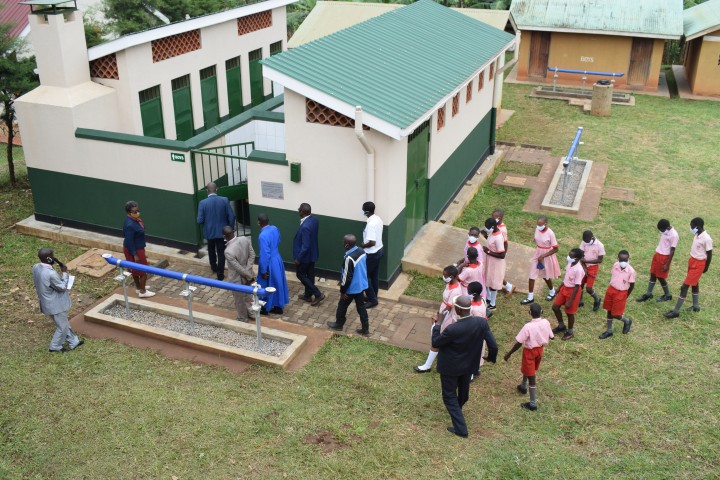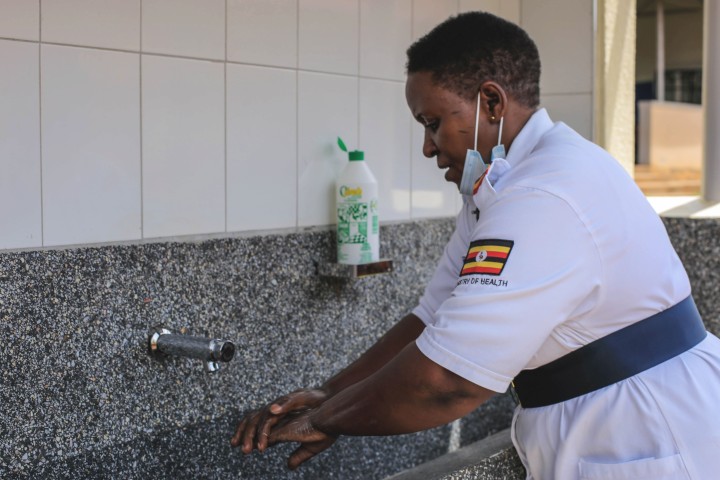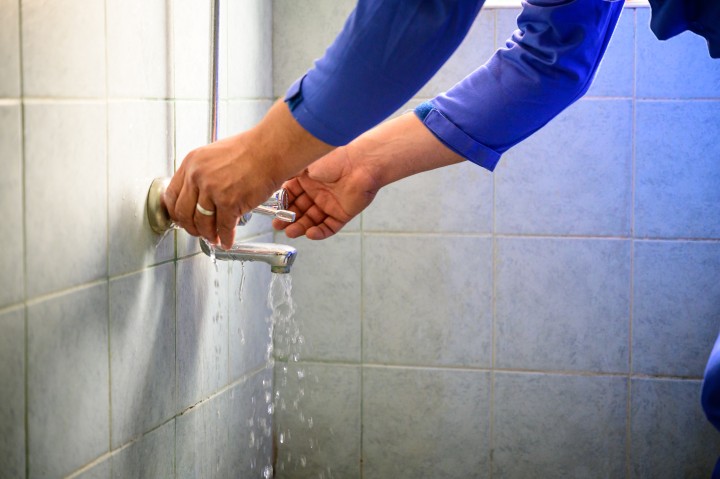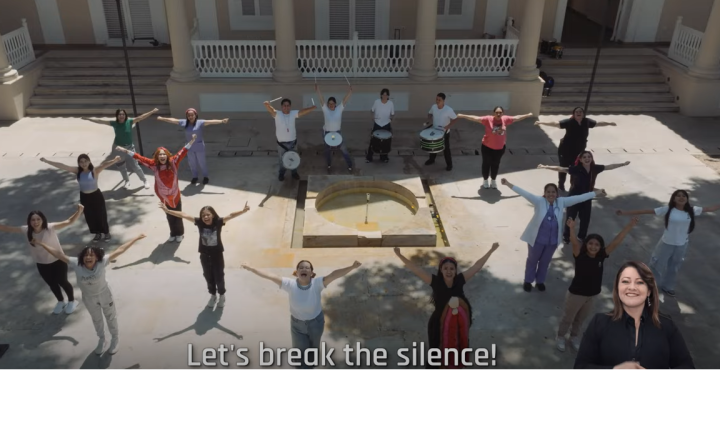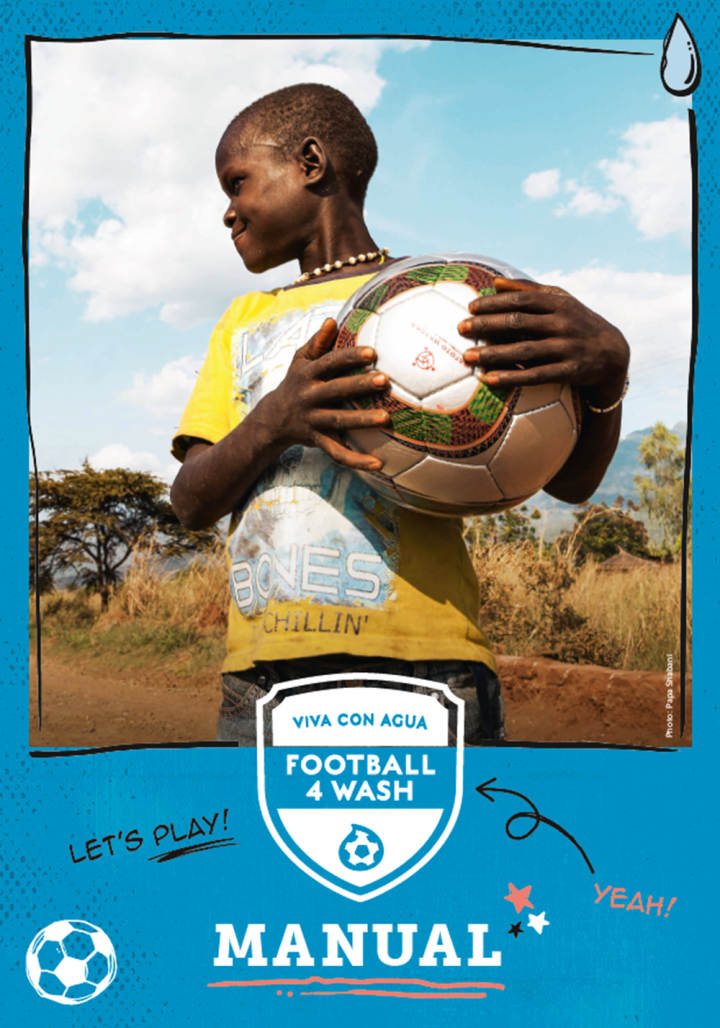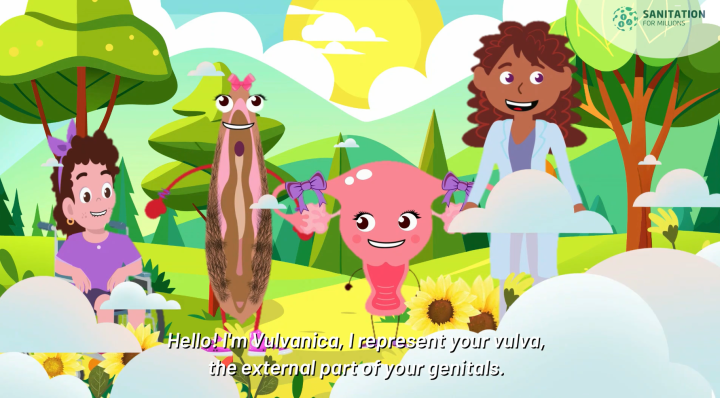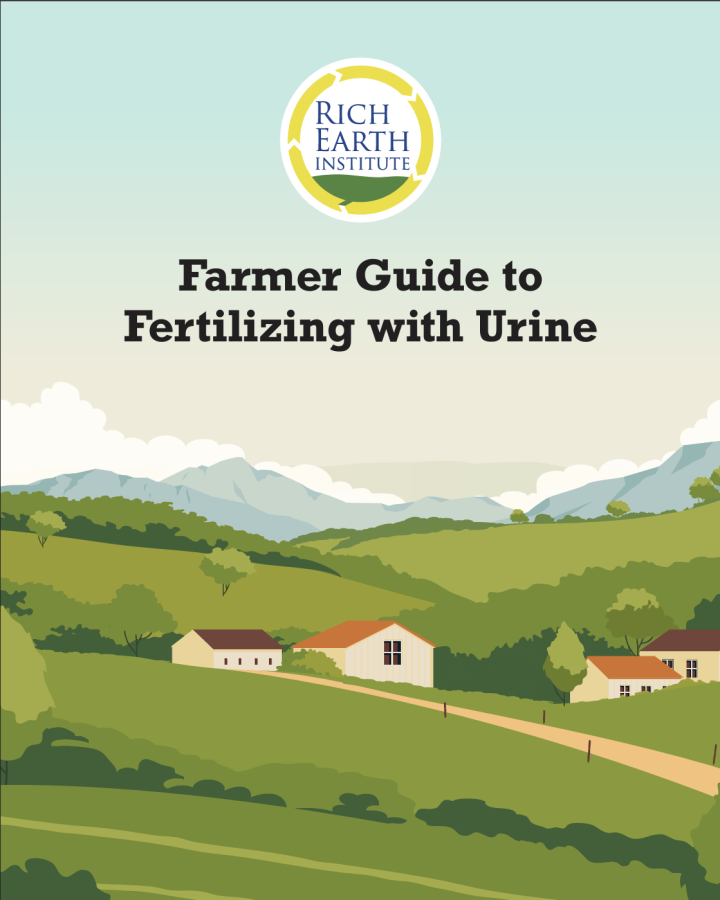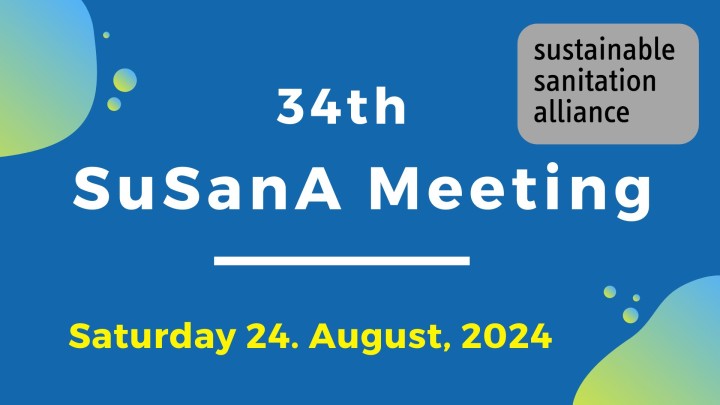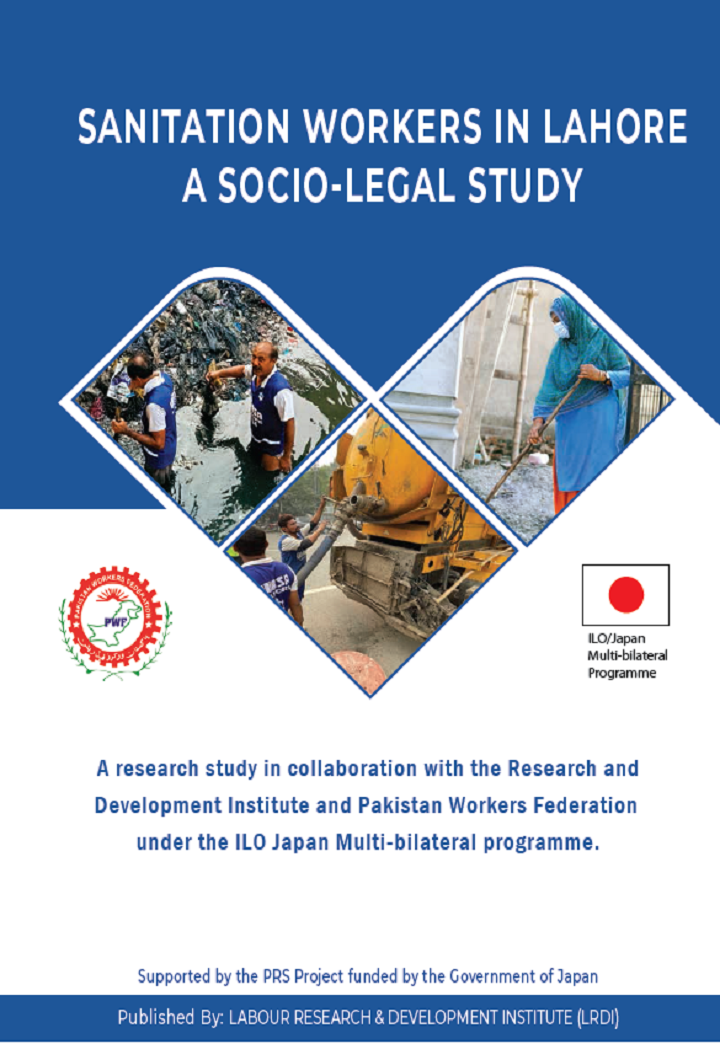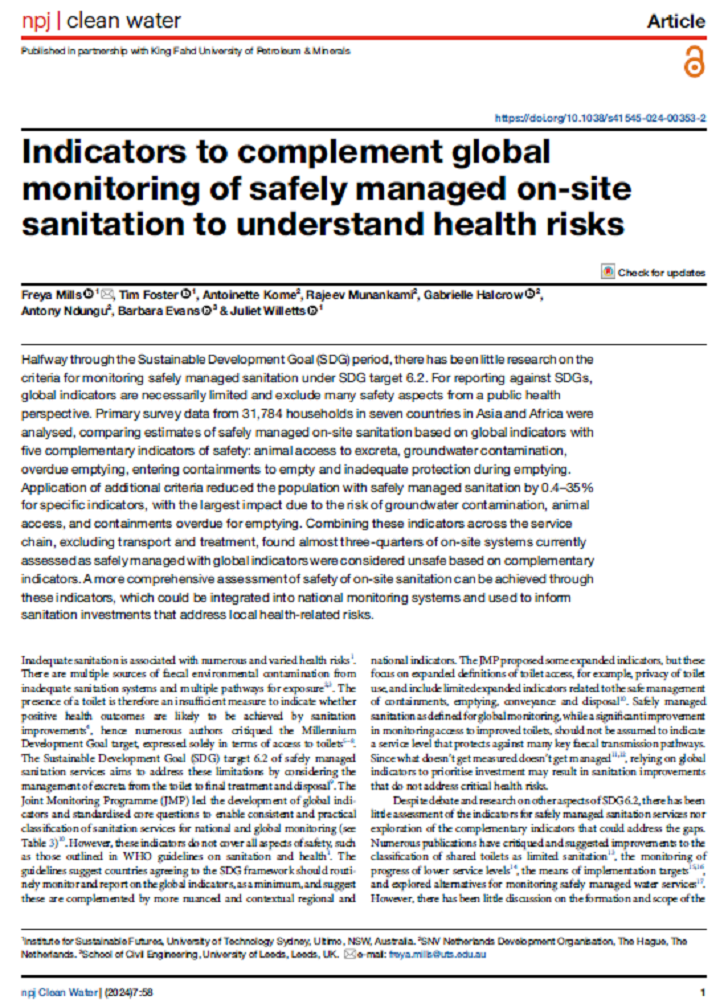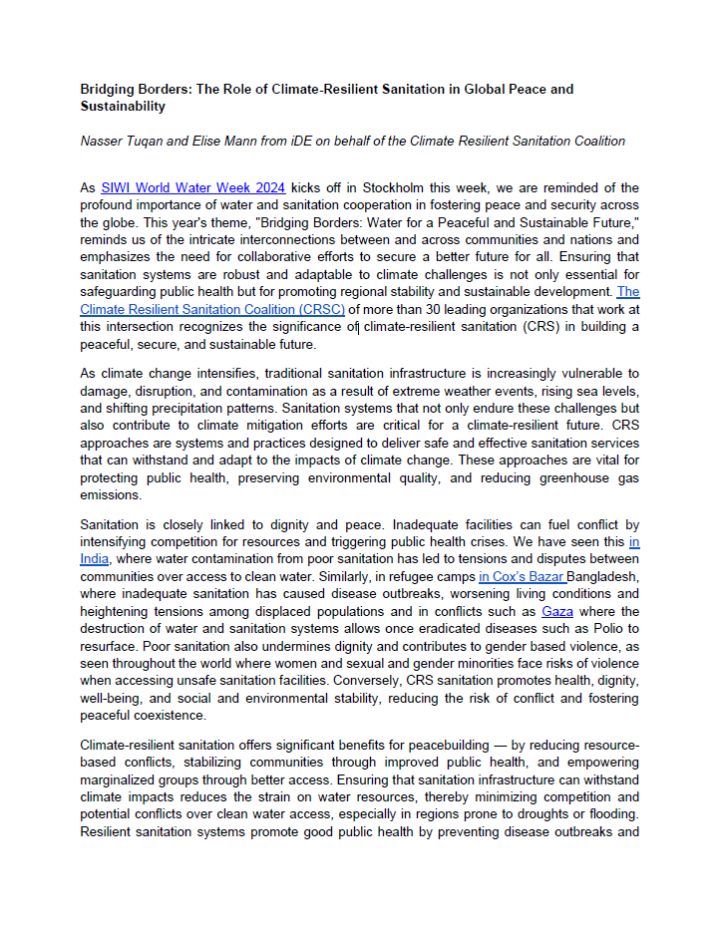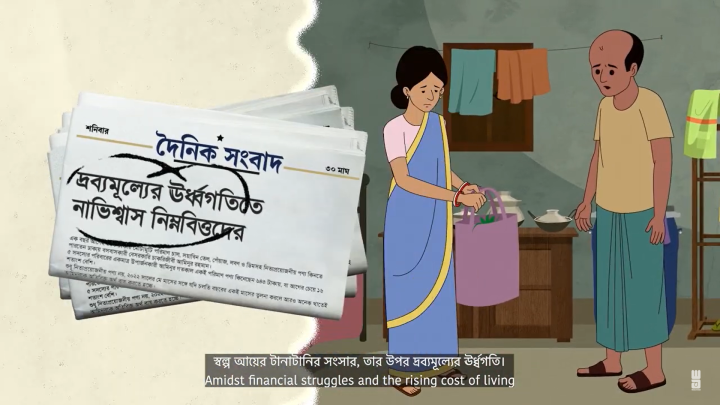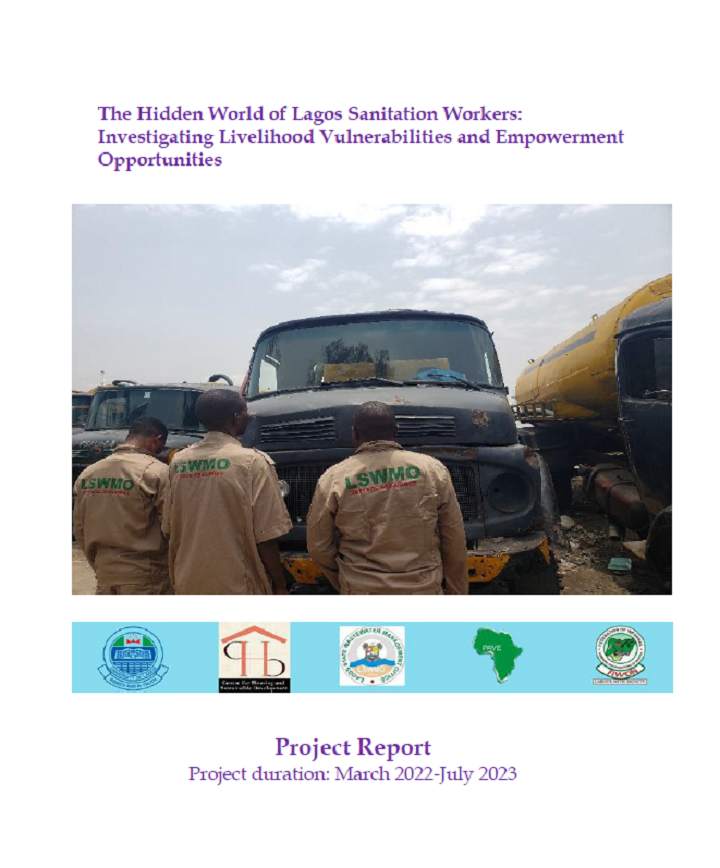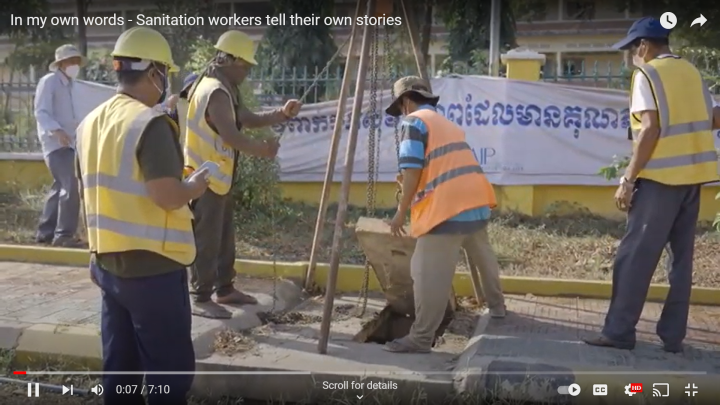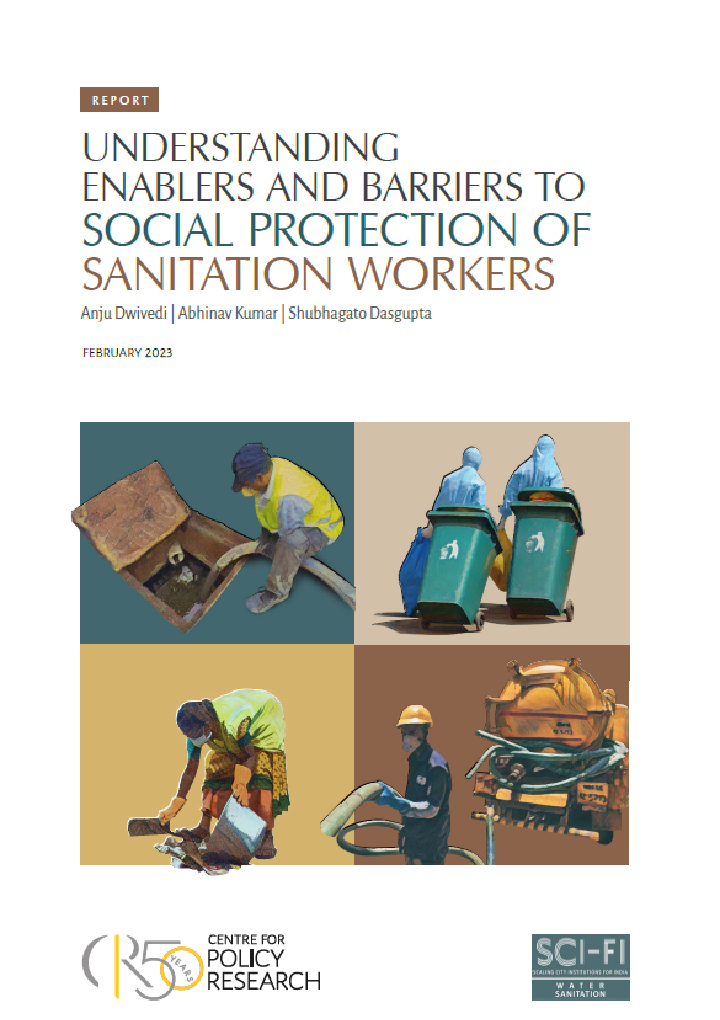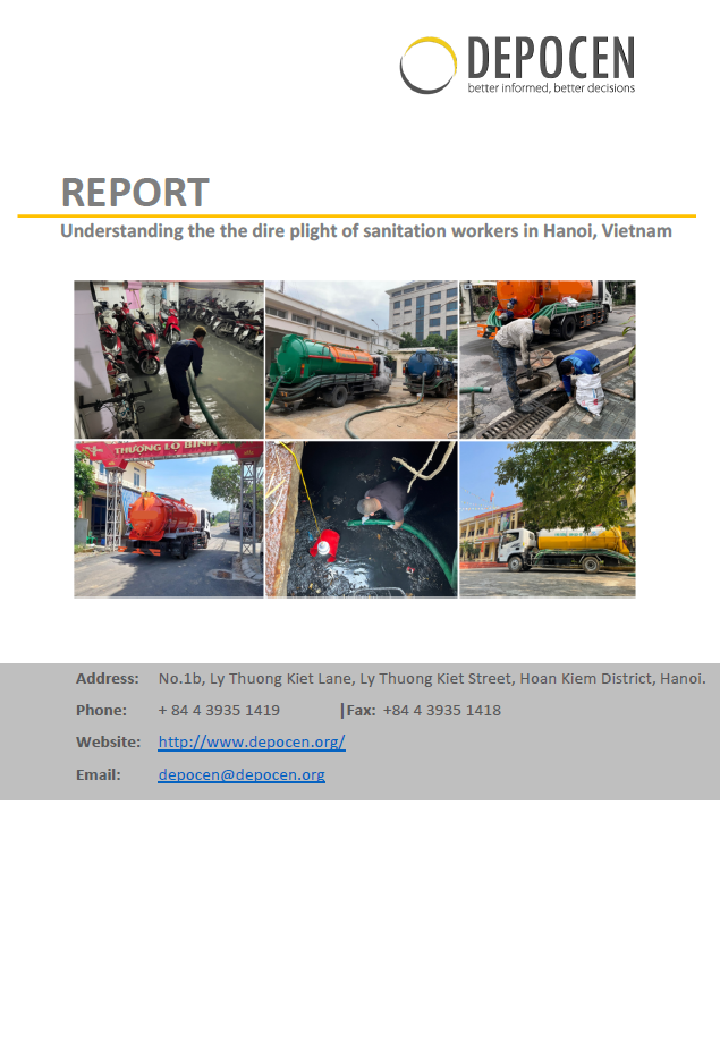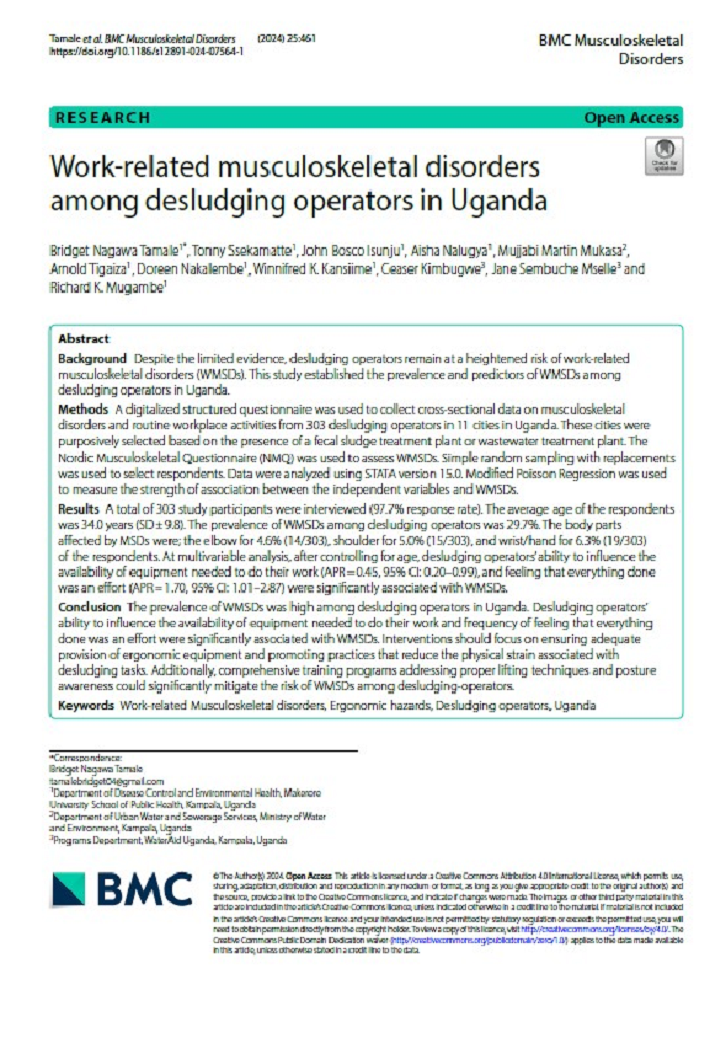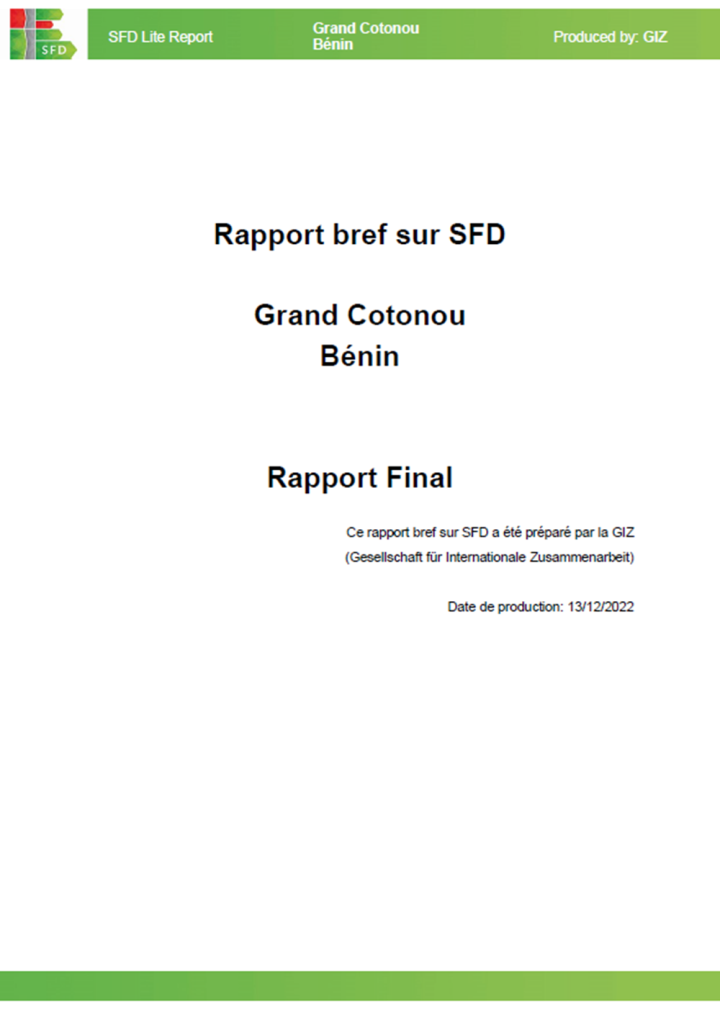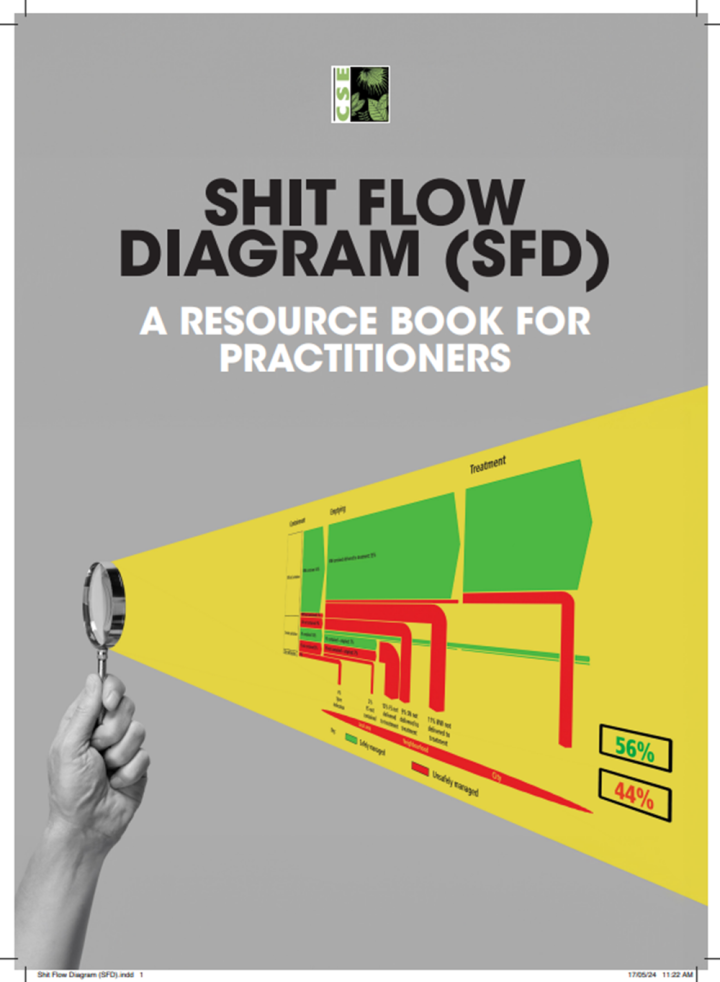Sanitation for Millions (2024) Service Offer: Construction or Rehabilitation of WASH Infrastructure in Schools
This service offer contributes to the achievement of multiple Sustainable Development Goals (SDGs), particularly SDG 6.2 (equitable sanitation), SDG 3 (good health), SDG 4 (quality education), and SDG 5 (gender equality). It focuses on the construction and rehabilitation of water, sanitation, and hygiene (WASH) infrastructure in schools. It provides essential background information, critical minimum standards, and the necessary steps for implementation. The content is informed by […]
Sanitation for Millions (2024) Service Offer: Construction or Rehabilitation of WASH Infrastructure in Healthcare Facilities
This service offer contributes to the achievement of multiple Sustainable Development Goals (SDGs), particularly SDG 6.2 (equitable sanitation), SDG 3 (good health), and SDG 5 (gender equality). It focuses on the construction and rehabilitation of water, sanitation, and hygiene (WASH) infrastructure in health care facilities. It provides essential background information, critical minimum standards, and the necessary steps for implementation. The content is informed by the practical […]
Sanitation for Millions (2024) Service Offer: Construction or Rehabilitation of WASH Infrastructure in Faith-Based Institutions
This service offer contributes to the achievement of multiple Sustainable Development Goals (SDGs), particularly SDG 6.2 (equitable sanitation), SDG 3 (good health), and SDG 5 (gender equality). It focuses on the construction and rehabilitation of water, sanitation, and hygiene (WASH) infrastructure in faith-based institutions. It provides essential background information, critical minimum standards, and the necessary steps for implementation. The content is informed by the practical […]
Sanitation for Millions (2024) Menstruación Sin Tabú: Mi Cuerpo, Mi Salud - with English subtitles and sign language
Este inspirador video, producido en el marco del programa global Sanitation for Millions, aborda la importancia de la salud menstrual. A través de la voz de Fabiana, una joven de 13 años, nos invita a romper el silencio y los tabúes que rodean la menstruación. Con una pegajosa canción que resalta la naturalidad del ciclo menstrual, el video promueve prácticas de higiene seguras. Su mensaje positivo […]
Viva con Agua (2021) Football 4 WASH - Manual VcA
Football as a sport is enjoyed by over 2.6 billion people all over the world. In East Africa alone, over 40 million boys and girls, women and men are actively involved in football games, either competitively or as fun games. Football and getting engaged in physical activity in general can provide opportunities for children and adolescents to develop greater agency over their life, to build leadership […]
Sanitation for Millions (2024) La Magia de Crecer: El Viaje de Lucía hacia la Menarquía with English Subtitles
Embárcate en una aventura mágica y educativa con Lucía, una joven que descubre los misterios de la menarquía en este encantador libro animado. A través de un bosque encantado, Lucía se encuentra con personajes fantásticos como Uteriana, la Doctora Menstrualiana y Vulvánica, quienes la guían en su comprensión del ciclo menstrual. Este video no solo educa sobre los aspectos biológicos de la menstruación, sino que también […]
Abe Noe-Hays, Julia Cavicchi, Gretchen Saveson, Tatiana Schreiber, Arthur Davis, Cory Howley (2024) Farmer Guide to Fertilizing with Urine
The Rich Earth Institute's Farmer Guide to Fertilizing with Urine provides farmers with practical insights into reclaiming human urine as a nutrient-rich fertilizer. It joins Rich Earth’s guides to community and home garden urine recycling, offering resources to practitioners at different scales. The guide is rooted in Rich Earth’s extensive research with farmer-partners in Southern Vermont and enriched by insights from the international research […]
SuSanA (2024) 34th SuSanA Meeting - Presentations, Recordings and further Resources
The 34th SuSanA meeting took place on 24th August 2024. It was organised by the SuSanA Secretariat with support and contributions from the Global Steering Commitee, SuSanA Partners, Members, Working Groups, Regional Chapters and many more. This entry is the collection point of the different resources from the SuSanA Meeting, including recordings, presentations and program overview. We once again thank all the speakers and everyone, who supported […]
Muhammad Umar Ali, Dr. Muhammad Azeem (2024) Sanitation Workers in Lahore: A Socio-Legal Study
The report provides an in-depth analysis of the working conditions, socio-economic challenges, and legal protections (or lack thereof) faced by sanitation workers in Lahore, Pakistan. Published by the Labour Research & Development Institute (LRDI) in collaboration with the Pakistan Workers Federation, the study is part of the ILO Japan Multi-bilateral Programme. It focuses on issues such as occupational safety, wages, social security, and discrimination, particularly […]
Freya Mills, Tim Foster, Antoinette Kome, Rajeev Munankami, Gabrielle Halcrow, Antony Ndungu, Barbara Evans & Juliet Willetts (2024) Indicators to complement global monitoring of safely managed on-site sanitation to understand health risks
This document highlights significant occupational health and safety risks for sanitation workers during the emptying of on-site sanitation systems. A major concern is the direct exposure to health risks, as many workers enter containments like pits and septic tanks, with only 8% of systems emptied without such entry. Risks are higher in rural areas, where self-emptying is more common, and in urban settings where sanitation […]
Nasser Tuqan and Elise Mann on behalf of the Climate Resilient Sanitation Coalition (CRSC) (2024) Bridging Borders: The Role of Climate-Resilient Sanitation in Global Peace and Sustainability CRSC Article - SIWI World Water Week 2024
As SIWI World Water Week 2024 kicks off in Stockholm this week, we are reminded of the profound importance of water and sanitation cooperation in fostering peace and security across the globe. This year's theme, "Bridging Borders: Water for a Peaceful and Sustainable Future," reminds us of the intricate interconnections between and across communities and nations and emphasizes the need for collaborative efforts to secure […]
(2024) Introducing 'Shasthya Nirapotta Scheme'
WaterAid in collaboration with Waadaa.Insure and Chartered Life, introduced Shasthya Nirapotta Scheme (SNS), a health protection scheme for low-income people specially the sanitation workers to ease their struggles and triumphs. This health protection initiative is designed to improve healthcare access and provide financial support in the event of the premium holder's death. This innovative scheme is also graciously supported by Government of Sweden, and Bill and […]
Taibat Lawanson, Basirat Oyalowo and Anthony Akpan (2024) The Hidden World of Lagos Sanitation Workers: Investigating Livelihood Vulnerabilities and Empowerment Opportunities
This publication explores the critical yet underappreciated role of sanitation workers in Lagos, focusing on their contributions to urban management and public health, especially in the wake of COVID-19. The study investigates the socio-economic conditions, challenges, and innovative practices of these workers, highlighting their essential role in waste management and the need for better recognition and support. By aligning with SDG 6 (Clean Water and […]
WaterAid Cambodia (2022) In my own words - Sanitation workers tell their own stories
Though a lot of efforts and supports have been provided to sanitation workers, still their nature of works are critical and dangerous to their health and hygiene, and most of the time lack of respect, support and collaboration from local people. Sanitation workers of in Battambang city have full right like other citizens. They are key workers that shall be treated with respect, recognition, appreciation […]
Anju Dwivedi, Abhinav Kumar, Shubhagato Dasgupta (2023) Understanding Enablers and Barriers for Social Protection of Sanitation Workers in Dhenkanal Odisha, India
In the past decade, India's Swachh Bharat Mission has significantly improved sanitation infrastructure, including toilets and treatment plants. However, sanitation workers, essential to maintaining safe sanitation, face hazardous conditions, discrimination, long hours, and low social status. To address these issues, the Government of India and state governments have launched various social protection programs. This study explores the challenges and enablers in accessing these benefits for […]
DEPOCEN (2024) Understanding the the dire plight of sanitation workers in Hanoi, Vietnam
The rapid urban development in Hanoi has exposed weaknesses in the city's sanitation infrastructure, straining the waste management system and increasing pressures on sanitation workers who already face hazardous conditions, financial insecurity, and societal discrimination. The study found that urban workers face more health hazards, while rural workers suffer greater job and financial insecurities. Both groups experience significant societal discrimination. Although basic worker rights like […]
Bridget Nagawa Tamale, Tonny Ssekamatte, John Bosco Isunju, Aisha Nalugya, Mujjabi Martin Mukasa, Arnold Tigaiza, Doreen Nakalembe, Winnifred K. Kansiime, Ceaser Kimbugwe, Jane Sembuche Mselle and Richard K. Mugambe (2024) Work-related musculoskeletal disorders among desludging operators in Uganda
Work-related musculoskeletal disorders (WMSDs) are a significant occupational health concern, particularly among workers engaged in physically demanding and labor-intensive tasks. Desludging operators, who are responsible for the removal and management of fecal sludge, are particularly susceptible to these disorders due to the strenuous nature of their work. Despite the critical role they play in sanitation and public health, there is limited evidence regarding the prevalence […]
Hélène LeDeunff, Alejandro Jiménez (2024) Policy Brief - Putting animals on the WASH agenda
Animal species are an integral part of the systems that supply our drinking water and ensure that we live healthy lives. Yet, interventions to promote water, sanitation, and hygiene (WASH) often fail to consider animals’ roles, needs, and impacts on the services and implications of WASH systems for animals with whom we share water sources.
GIZ (2024) SFD (Lite) Report - Grand Cotonou, Bénin
La zone d’étude (ZE) couvre les territoires des communes de Cotonou (capitale économique du Bénin), Abomey-Calavi, Sèmè-Podji et Porto-Novo (capitale administrative). La zone d’étude est bordée au sud par l’Océan Atlantique et entoure le Lac Nokoué à l’ouest, au sud et à l’est. (PDA Grand Cotonou - Rapport B, 2015) Cette zone est également connue sous le nom de l'agglomération de Cotonou et sera appelée […]
Harsh Yadava (2024) Shit Flow Diagram (SFD): A Resource Book for Practitioners
Urban sanitation systems thinking has undergone a significant change—from infrastructure creation as a measure of progress, to service-level improvement, and now to equity and justice in sustainable service delivery. The Shit Flow Diagram tool unbundled the sanitation service value chain into distinct components with the aim of addressing service-level improvements at the different stages of the sanitation service chain. Identifying where the sanitation sub-systems were faltering […]
